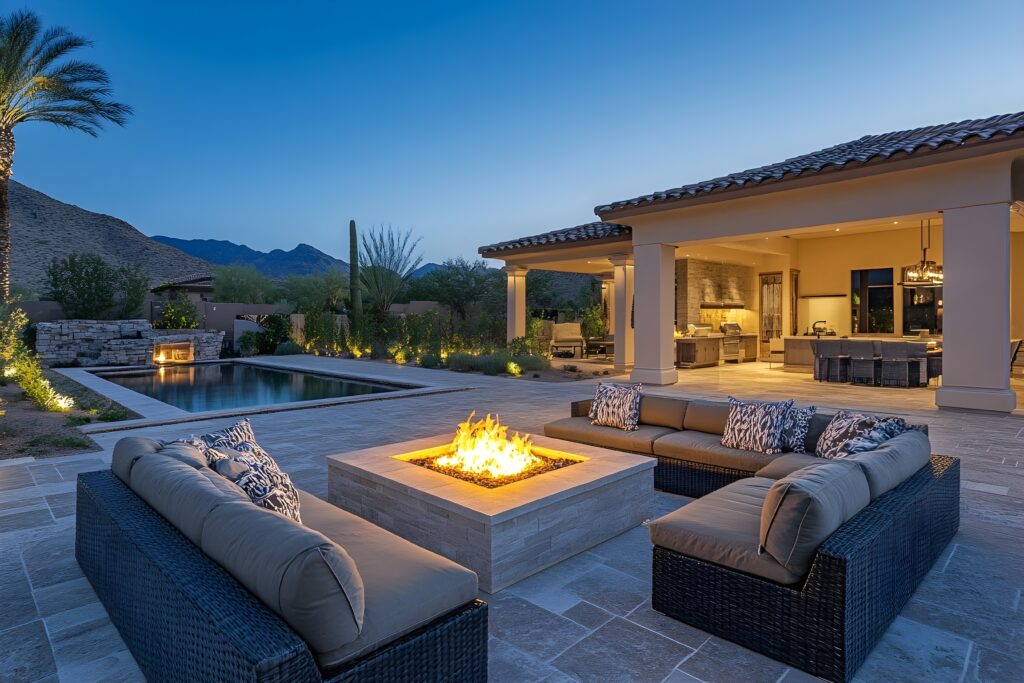
While much of the country is preparing to hunker down indoors for winter, Arizona homeowners are stepping into the best season for outdoor living. The cooler months bring mild temperatures, clear skies, and the kind of weather that begs you to open the patio doors and enjoy every moment outside. Whether you’re hosting family gatherings, cozying up around a fire pit, or savoring quiet mornings with coffee on the patio, fall and winter are prime time to make the most of your outdoor spaces.
From design ideas to comfort upgrades, here’s how to transform your yard, patio, or balcony into a year-round retreat that embraces Arizona’s unique cool-season charm.
1. Embrace the Season with Comfortable Outdoor Seating
Outdoor living in Arizona is all about maximizing comfort. With the heat of summer behind us, you can finally use your patio or backyard during the day — so it’s time to make those spaces inviting.
Start with seating that encourages relaxation and connection. Deep-sectionals, cushioned chairs, and weather-resistant loungers are ideal for fall and winter gatherings. Choose durable, UV-resistant fabrics like Sunbrella that can handle the desert sun year-round without fading.
If your space allows, consider creating multiple seating “zones” — a dining area for entertaining, a fire pit circle for cool evenings, and a quiet corner for reading or enjoying morning coffee. Add outdoor rugs to define each space and introduce warmth underfoot.
And don’t forget throw blankets or outdoor poufs. On chilly desert nights, these simple touches transform your patio from practical to cozy.
2. Add Warmth with Fire Features
One of the biggest benefits of Arizona’s climate is that you can enjoy your backyard almost every month of the year — as long as you have the right heat source. A fire feature instantly extends your outdoor season and becomes the heart of your gathering space.
Fire pits are a perennial favorite. Whether wood-burning, gas, or propane, they provide instant ambiance and warmth. For a more built-in look, consider a stone or stucco fireplace that complements your home’s architecture and serves as a focal point for outdoor seating.
For smaller patios or balconies, tabletop fire bowls or portable propane heaters are excellent alternatives. They add both heat and visual appeal without requiring major installation.
When planning your fire feature, think about function as much as style. If you love hosting, choose a design that includes a wide ledge or seating wall, so guests can gather close. If your space is intimate, opt for a compact, modern fire table that offers a cozy glow without taking up too much room.
3. Layer in Lighting for Ambiance and Function
As the days grow shorter, the right lighting can make your outdoor areas more inviting — and safer. The key is layering light for both ambiance and function.
- String lights or bistro lighting create a soft, magical glow perfect for entertaining.
- Lanterns or wall sconces add character and complement your home’s design.
- Pathway lights improve visibility and guide guests through your yard or garden.
- Spotlights or uplighting highlight architectural details, plants, or water features.
If you’re building a new home or upgrading your existing one, consider smart lighting options that let you control brightness and color temperature from your phone. You can shift from warm, relaxing tones to bright task lighting with the tap of a screen — ideal for transitioning from dinner to dessert under the stars.
4. Create an Outdoor Dining Experience
Cooler weather and clear skies make outdoor dining one of life’s simplest pleasures. With a few thoughtful touches, you can turn every meal into an event.
Start by choosing the right dining set for your space. If you frequently entertain, a large rectangular table with comfortable seating is perfect for family-style dinners. For smaller patios, a round bistro table or high-top set creates an intimate feel.
Invest in durable, low-maintenance materials like aluminum, teak, or powder-coated steel that can handle Arizona’s dry climate. Pair with washable seat cushions and a large umbrella or pergola for midday shade.
For ambiance, use outdoor-friendly table décor: textured placemats, LED candles, and fresh desert blooms like succulents or aloe centerpieces. And don’t overlook lighting — string lights or hanging lanterns over the dining table create instant charm.
Finally, if you love to cook and entertain, consider a built-in outdoor kitchen. Even a small counter space with a grill, mini fridge, and prep sink can elevate your hosting game and keep you part of the action while guests gather outside.
5. Enhance Your Space with Natural Elements
Bringing in plants, textures, and natural materials connects your outdoor areas to the desert landscape — and creates harmony between indoors and out.
In Arizona’s cooler months, plants like succulents, agave, desert marigold, and red yucca thrive with minimal care. Incorporate them into raised planters or ceramic pots for an instant refresh. If you have garden beds, consider adding seasonal color with lantana, petunias, or snapdragons, which bloom beautifully during the fall and winter.
Layer in natural textures through wood furniture, woven baskets, and stone accents. A teak coffee table, a terracotta planter, or a flagstone pathway brings warmth and authenticity to your design.
If your patio feels bare, vertical gardens or trellises can add greenery without taking up space. And don’t forget desert-friendly herbs like rosemary or sage — they’re beautiful, fragrant, and useful for cooking.
6. Make It Cozy: Textiles, Shade, and Comfort Touches
Even in winter, Arizona days can bring strong sun, so shade remains important. Retractable awnings, pergolas with drapes, and UV-filtering shades help you manage temperature and comfort throughout the day.
For cooler evenings, layer in soft furnishings. Outdoor pillows, throws, and rugs not only add color and personality but also invite guests to linger. Choose warm, earthy tones like rust, sand, or olive to complement the natural desert palette.
To keep the chill away, add warmth from above with outdoor heaters, or below with heated flooring options if you’re designing a new patio. If you’re looking for an easy seasonal upgrade, swap out summer fabrics for heavier textures — woven or quilted cushions, chunky knit blankets, and even flannel-style patterns give your outdoor space a cozy, seasonal feel.
7. Extend the Indoors Out: Creating Seamless Flow
Arizona homes often feature open layouts and large sliding doors that blend indoor and outdoor spaces. Fall and winter are the perfect time to enhance that connection.
Start by coordinating your color schemes and materials. Use similar tones or textures in both areas — like matching wood finishes, consistent metal accents, or complementary rug colors.
If your indoor living room opens onto a patio, think of it as one continuous entertaining space. An outdoor area rug, similar furniture scale, and cohesive décor will make it feel like a natural extension of your home.
For added functionality, install a ceiling fan or misting system for warmer afternoons, and weatherproof curtains or screens for privacy or wind protection. The result is an outdoor room you can enjoy in almost any weather.
8. Don’t Forget Entertainment and Functionality
Cool evenings are ideal for movie nights or weekend gatherings. Outdoor entertainment setups — from Bluetooth speakers and smart projectors to weatherproof TVs — make your space even more versatile.
If you’re working with limited space, modular furniture can adapt easily. Choose pieces that move from dining to lounging configurations or fold away when not in use.
And for families, consider creating dedicated areas for kids and pets — a small turf play zone, sandbox, or shaded corner for toys ensures everyone enjoys your outdoor space comfortably.
9. Keep It Low-Maintenance
The beauty of outdoor living in Arizona is that you can enjoy the fresh air without endless upkeep. When planning your space, choose low-maintenance materials and features that simplify life:
- Composite decking or pavers instead of natural wood.
- Drip irrigation systems for plants and gardens.
- Outdoor-rated fabrics and furniture that withstand sun and dust.
- Automatic timers for lighting or water features.
Regular sweeping, wiping down furniture, and rinsing hardscapes are usually all that’s needed to keep your space looking pristine.
10. Celebrate Arizona’s Outdoor Lifestyle
Arizona’s fall and winter offer a lifestyle that homeowners in colder climates can only dream of — dinners under starry skies, fire-lit conversations, and mornings spent surrounded by mountain views and desert air.
By preparing your home now and enhancing your outdoor spaces with comfort, function, and beauty, you’ll create the perfect setting for everything the season brings — from festive gatherings to quiet nights at home.
Whether you’re building a new home or updating your backyard, your Arizona outdoor spaces can become an extension of how you live, entertain, and connect — all year long.


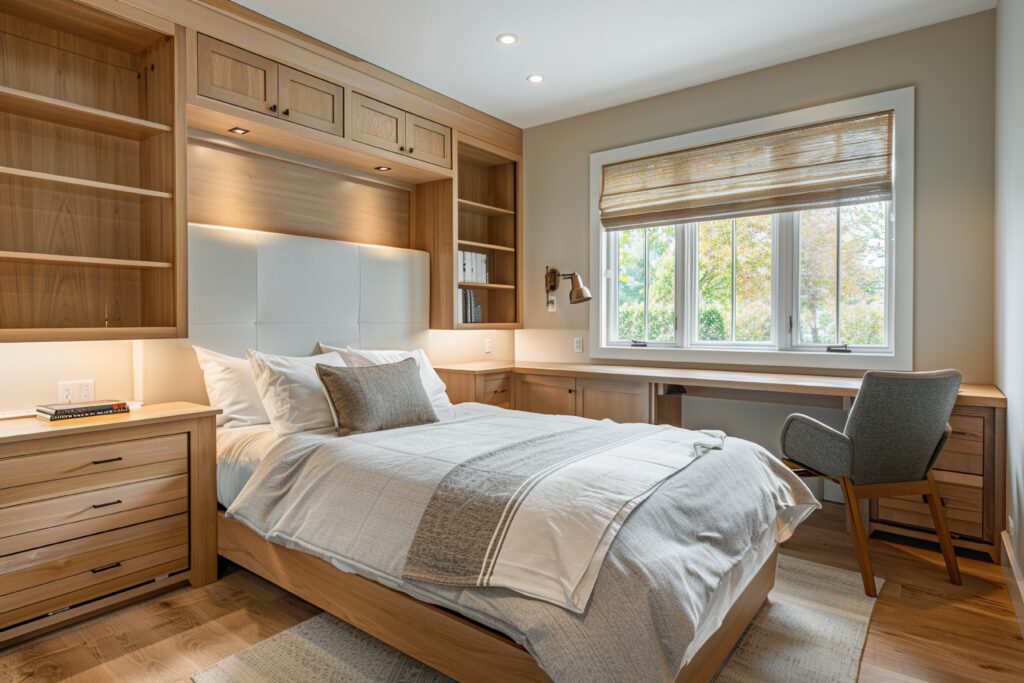

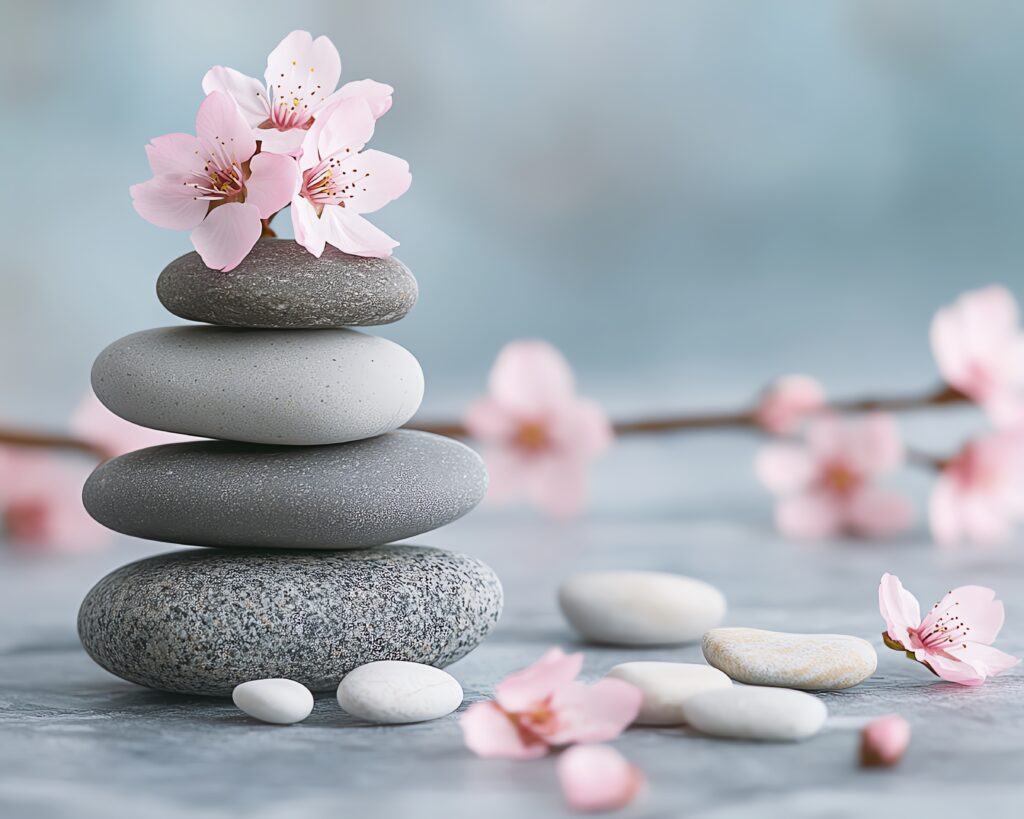

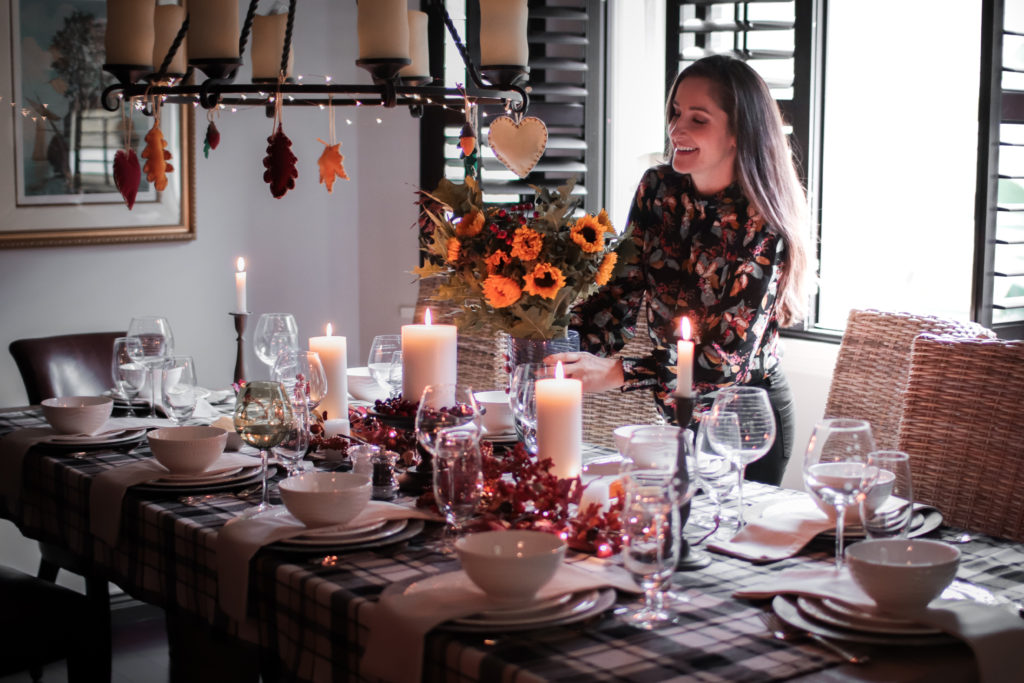
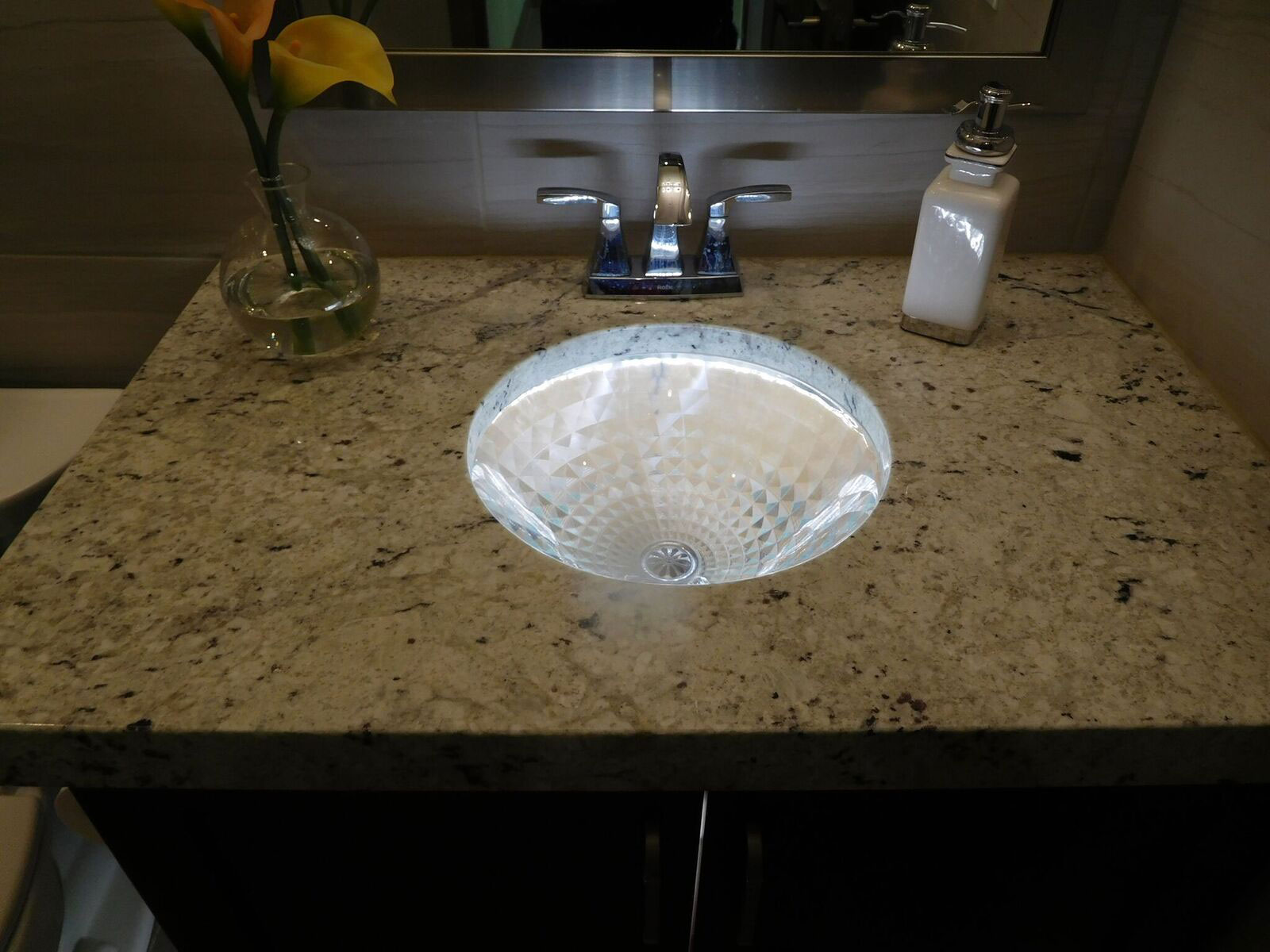 The guest bathroom generally gets the least amount of attention in a home. It’s the smallest room in your house, and your focus when you’re planning your new home is on your kitchen first, and then on your master bathroom and other areas where your family will be spending a lot of time. It makes sense to place the guest bath at the end of your list of priorities.
The guest bathroom generally gets the least amount of attention in a home. It’s the smallest room in your house, and your focus when you’re planning your new home is on your kitchen first, and then on your master bathroom and other areas where your family will be spending a lot of time. It makes sense to place the guest bath at the end of your list of priorities.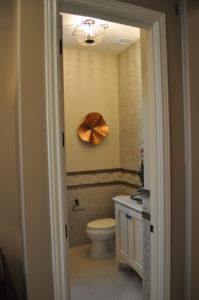
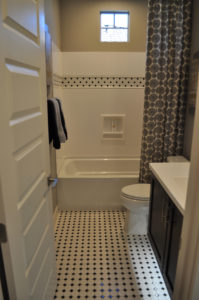
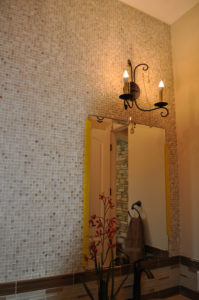
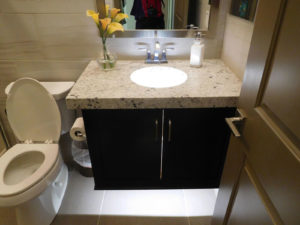

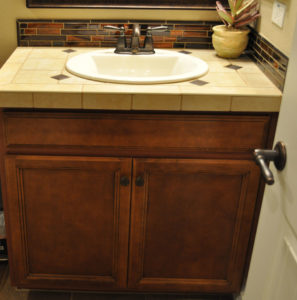
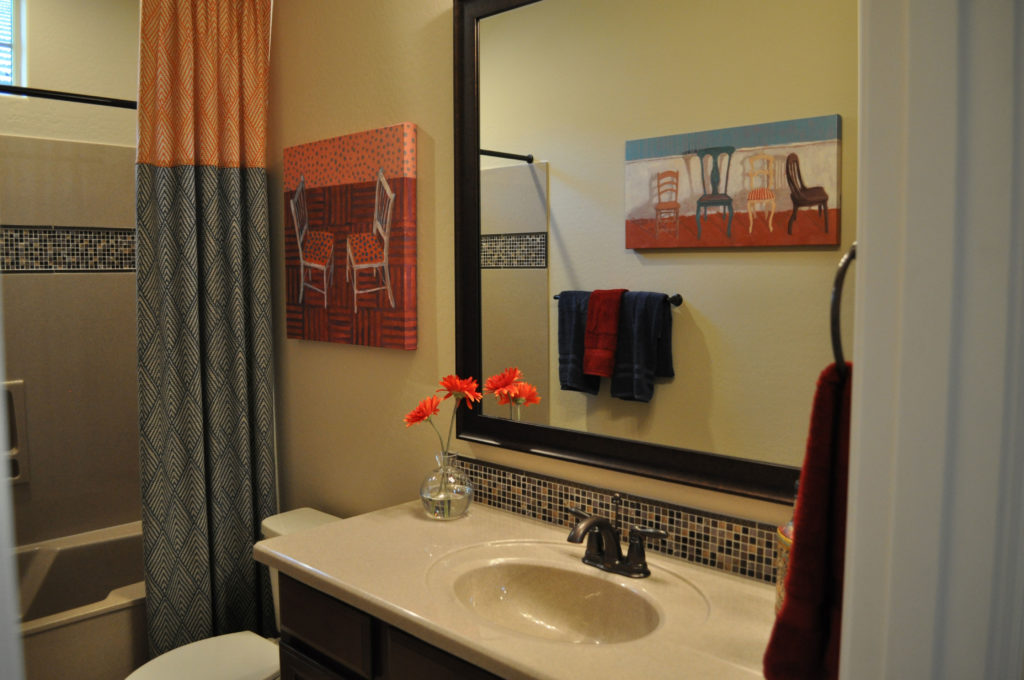
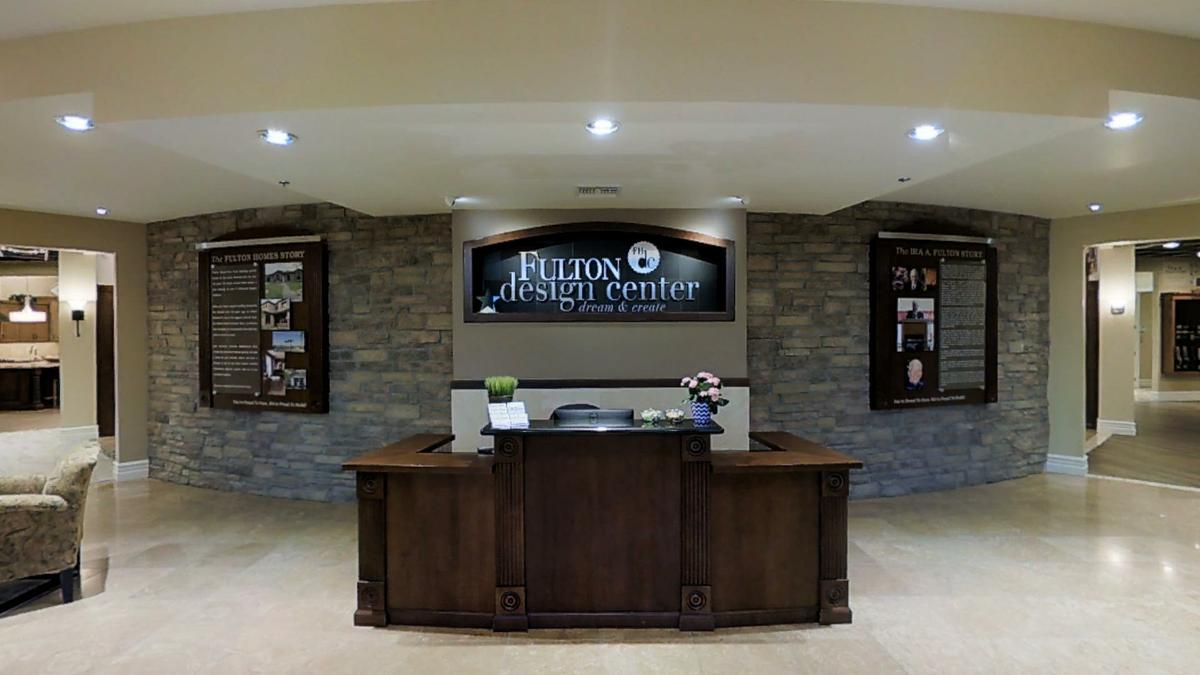 When you’re choosing your home builder, the model homes are only a starting point. It’s important to see what a builder provides to allow you to make your home your own. A rich selection of options makes the difference between a stock home and a home that feels fully customized. With the Fulton Design Center, you have 13,000 square feet of choices.
When you’re choosing your home builder, the model homes are only a starting point. It’s important to see what a builder provides to allow you to make your home your own. A rich selection of options makes the difference between a stock home and a home that feels fully customized. With the Fulton Design Center, you have 13,000 square feet of choices. What factors are important when choosing the right carpeting for your home? Most people want a lighter tone so that it doesn’t make their home feel too dark. But you don’t want to go too light so that it doesn’t show the dirt too easily. But beyond that, what should you look for? Here are a few things to consider.
What factors are important when choosing the right carpeting for your home? Most people want a lighter tone so that it doesn’t make their home feel too dark. But you don’t want to go too light so that it doesn’t show the dirt too easily. But beyond that, what should you look for? Here are a few things to consider.